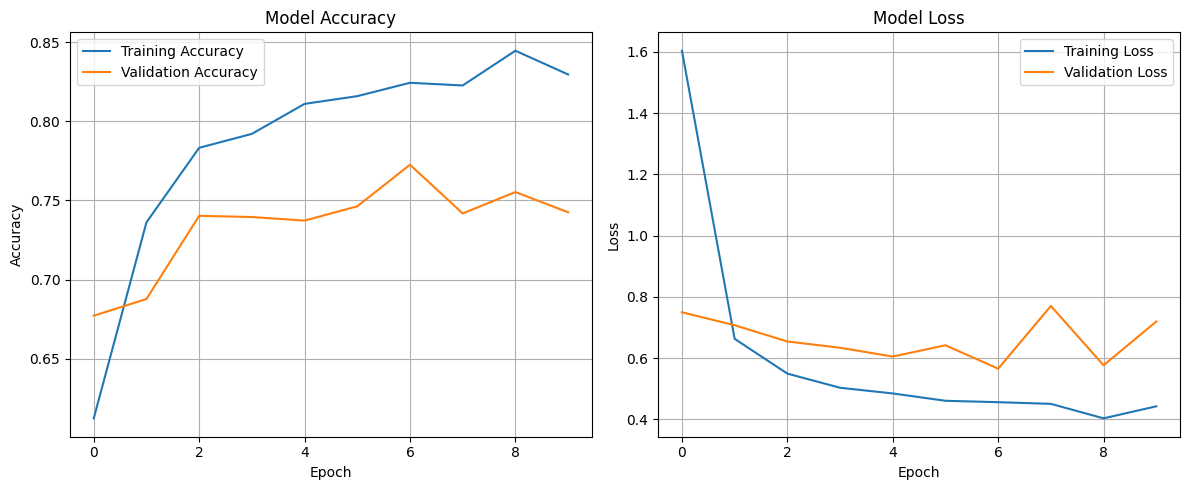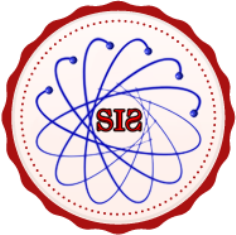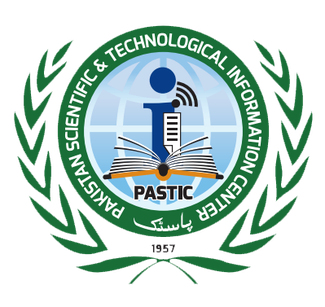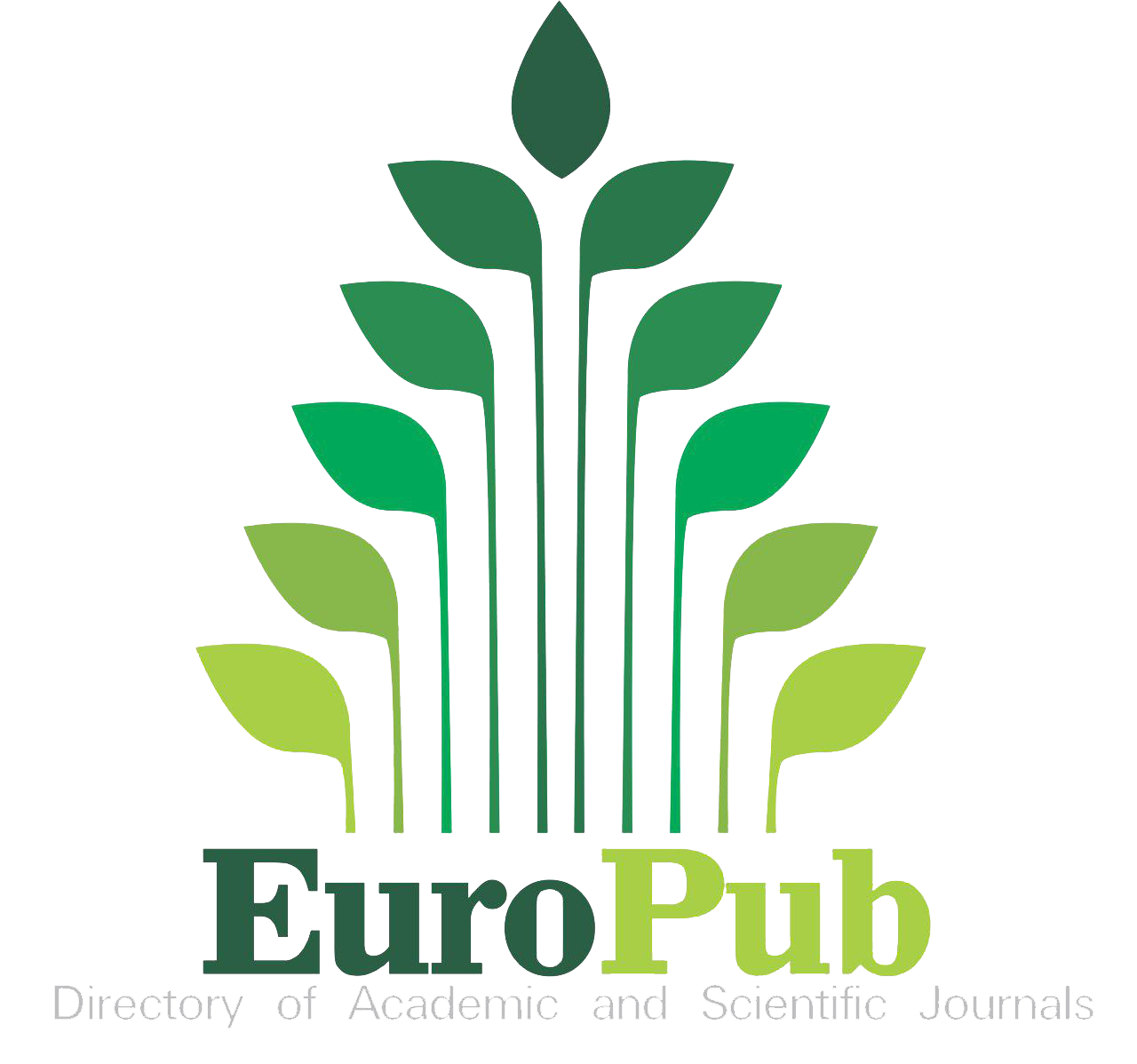Digital Dermatologist: An AI-Powered Mobile App for Early Detection of Skin Diseases
Keywords:
Skin Disease Detection, Artificial Intelligence in Dermatology, Deep Learning for Skin Disease Classification, AI in Medical ImagingAbstract
An increasing number of people are experiencing skin problems, causing overcrowding in hospitals and clinics. This situation highlights the need for a quicker and more convenient way to diagnose these conditions. To address this, we have developed a mobile application that uses artificial intelligence (AI) to detect skin diseases. The app provides fast and useful information about skin issues through AI. Its user-friendly design makes it easy for anyone to use, even without technical knowledge. This tool helps people monitor their skin health and reduces the burden on healthcare facilities. By using the app, users can identify skin problems early and receive guidance on possible treatments.
References
A. Leonard, “Migrate MongoDB Database to Cloud,” Pro Hibernate MongoDB, pp. 283–296, 2013, doi: 10.1007/978-1-4302-5795-0_9.
A. Esteva et al., “Dermatologist-level classification of skin cancer with deep neural networks,” Nat. 2017 5427639, vol. 542, no. 7639, pp. 115–118, Jan. 2017, doi: 10.1038/nature21056.
S. E. C. Seung Seog Han, Myoung Shin Kim, Woohyung Lim, Gyeong Hun Park, Ilwoo Park, “Classification of the Clinical Images for Benign and Malignant Cutaneous Tumors Using a Deep Learning Algorithm,” J. Invest. Dermatol., vol. 138, no. 7, pp. 1529–1538, 2018, [Online]. Available: https://www.jidonline.org/article/S0022-202X(18)30111-8/fulltext
J. Kawahara, A. Bentaieb, and G. Hamarneh, “Deep features to classify skin lesions,” Proc. - Int. Symp. Biomed. Imaging, vol. 2016-June, pp. 1397–1400, Jun. 2016, doi: 10.1109/ISBI.2016.7493528.
M. M. K. Tauhidul Islam, Md Sadman Hafiz, Jamin Rahman Jim, “A systematic review of deep learning data augmentation in medical imaging: Recent advances and future research directions,” Healthc. Anal., vol. 5, no. 1, p. 100340, 2024, doi: 10.1016/j.health.2024.100340.
I. Z. & H. K. Philipp Tschandl, Christoph Rinner, Zoe Apalla, Giuseppe Argenziano, Noel Codella, Allan Halpern, Monika Janda, Aimilios Lallas, Caterina Longo, Josep Malvehy, John Paoli, Susana Puig, Cliff Rosendahl, H. Peter Soyer, “Human–computer collaboration for skin cancer recognition,” Nat. Med., vol. 26, pp. 1229–1234, 2020, doi: https://doi.org/10.1038/s41591-020-0942-0.
B. Bucko, Ahmet; Vishi, Kamer; Krasniqi, Bujar; Rexha, “Enhancing JWT Authentication and Authorization in Web Applications Based on User Behavior History,” Computers, vol. 12, no. 4, p. 78, 2023, doi: https://doi.org/10.3390/computers12040078.
K.-W. H. Zhi-Peng Jiang, Yi-Yang Liu, Zhen-En Shao, “An Improved VGG16 Model for Pneumonia Image Classification,” Appl. Sci., vol. 11, no. 23, p. 11185, 2021, doi: https://doi.org/10.3390/app112311185.
M. Farooq and A. Hafeez, “COVID-ResNet: A Deep Learning Framework for Screening of COVID19 from Radiographs,” 2020, [Online]. Available: http://arxiv.org/abs/2003.14395
S. S. Chaturvedi, K. Gupta, and P. S. Prasad, “Skin Lesion Analyser: An Efficient Seven-Way Multi-class Skin Cancer Classification Using MobileNet,” Adv. Intell. Syst. Comput., vol. 1141, pp. 165–176, 2021, doi: 10.1007/978-981-15-3383-9_15.

Downloads
Published
How to Cite
Issue
Section
License
Copyright (c) 2025 50sea

This work is licensed under a Creative Commons Attribution 4.0 International License.




















